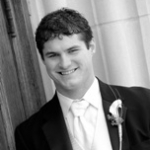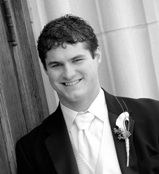
Stephanie Hanson
Emerging Leaders Networks: Leveraging Impact for the Future
Posted by Apr 02, 2012

Stephanie Hanson
Coming up with the theme for a blog salon is always a challenge.
For the past few years that I’ve been working with our Emerging Leaders Council committee to develop our blog salons, we usually have a kernel of an idea for what to focus on. It’s ideal when the initial inspiration comes from the council, because then it’s truly coming from the field. After all, the point of our blog is to facilitate online discussion about big picture issues in the arts that we feel need to be addressed.
When thinking about this year’s salon, the council knew they wanted to feature the Local Emerging Leaders Networks around the country. Great. Love it. Easy. Done.
But what should we have them talk about?
We already talked about emerging ideas in the field last year. What’s next?
We began to think about HOW those emerging ideas get implemented. In many cases, in order for a new idea to thrive, we as individuals, organizations, the community, and the field as a whole may need to change at a very fundamental level.
Perhaps we need to change our definition of success; how our organizations are structured; how we interact with our communities; and how we make art.
Then, we read Diane Ragsdale’s February 14 blog post; If Our Goal is Simply to Preserve Our Current Reality, Why Pursue It?, where she writes about innovation and arts sector reform. Diane’s thesis can be summed up in these sentences:
Read More














